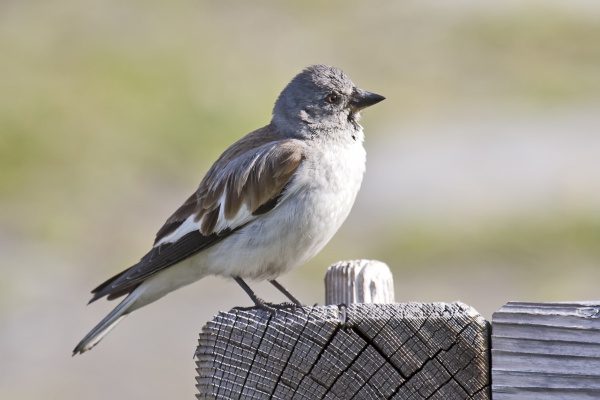Facts About White-winged snowfinch
The White-Winged Snowfinch: A Unique Avian Wonder
The white-winged snowfinch is a small bird frequently mistaken for a finch, yet it possesses a distinct identity all its own. Let's delve into the characteristics that make this bird truly special.
#Classification History
Originally named *Fringilla nivalis* by Carl Linnaeus in 1766, the white-winged snowfinch is now classified under the genus *Montifringilla*. There are seven recognized subspecies, spread across various regions of the world.
#Appearance
The white-winged snowfinch features brown upperparts, white underparts, and a grey head. A prominent long white wing panel is its standout feature. Interestingly, the bird's bill color changes with the seasons, and it may or may not display a bib, depending on the time of year. In flight, it is easily recognizable, not only by its distinctive appearance but also by its unique calls.
#Habitat
Preferring high altitudes, the white-winged snowfinch breeds in mountainous regions above 1,500 meters. It is found in parts of southern Europe, central Asia, and western China. The bird nests in crevices or burrows and typically lays 3 to 4 eggs.
#Behavior
Primarily seed-eaters, white-winged snowfinches also consume insects. Known for their fearlessness, these birds are often seen foraging around ski resorts. Despite the cold and harsh conditions of high altitudes, they thrive remarkably well.
#In Summary
The white-winged snowfinch is a resilient and fascinating bird. Its ability to survive in mountainous regions, coupled with its distinctive appearance, makes it a species well worth learning about and appreciating.

 Kyrgyzstan
Kyrgyzstan